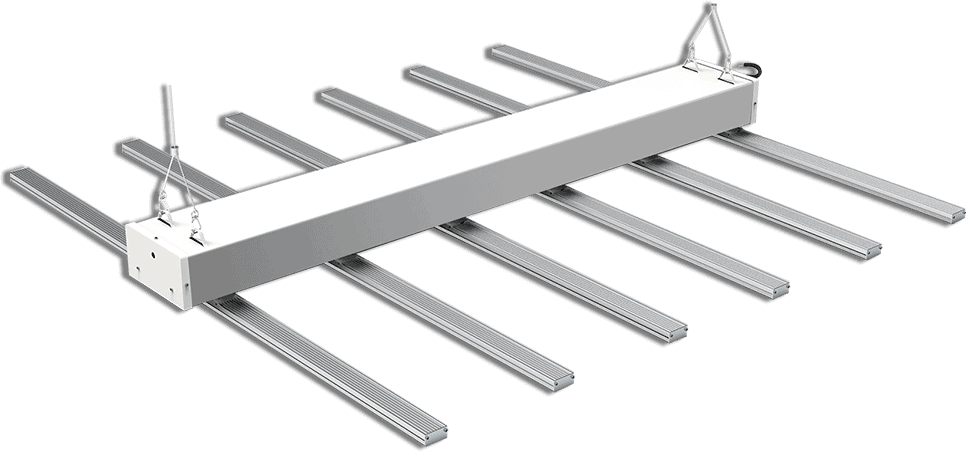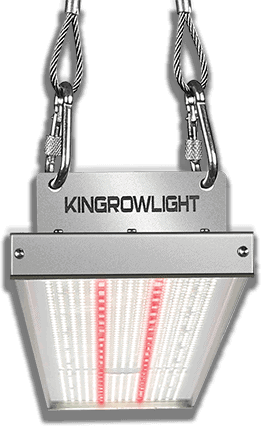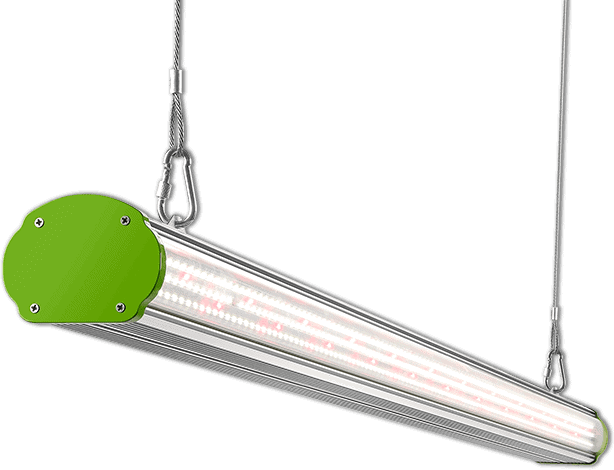Home > Applications > Tomatoes
LED grow lights for tomatoes
If you live in an area with a shorter growing season, or if you want to grow tomatoes indoors, grow lights can provide the extra light your tomato seeds need, and under the right conditions and with the right equipment, growing tomatoes year-round is possible , with LED grow lights and a warm environment, you can grow tomatoes indoors all winter long.
Year-round harvest

Growing tomatoes indoor
When you grow tomatoes indoors, you must make sure you grow them in full light, nothing is more important to a tomato plant than a good amount of light, and, since tomatoes are fruiting plants, you need to choose full Spectrum LED grow lights. Because different temperatures of light can help plants at different stages of growth, blue or white light can be used for seed germination and for strong growth of leaves and stems; warm white light will encourage your plants to bloom as it resembles warm sunlight; red light Combined with blue and white light will stimulate green growth and fruit production; infrared light will encourage your plants to provide better and higher yields.
Once your tomato plants have leaves, your plants should receive about 14 to 16 hours of good bright light per day, as tomatoes are long-day plants, this will ensure that the plants are exposed to the correct daily cycle for efficient photosynthesis and good growth. But you also need to properly balance the length of light and darkness, the proper dark period will give the plant time to properly absorb the carbon dioxide it will use in the photosynthesis process, this day-night cycle will make the plant healthy and fruit yield higher.
Grow lights recommended

Growing tomatoes greenhouse
In greenhouse production, supplemental lighting is often used to maintain year-round production and product quality. LED grow lights feature high life expectancy and low thermal radiation properties that optimize the spectrum of plant growth and development, reduce energy costs, and place lamps closer to the crop.
In general, adding artificial light to the top of the canopy (top lighting) is common for LED grow light installations. However, as the tomato plants grow taller and larger, the light intensity within the crop canopy decreases exponentially, resulting in a suboptimal light distribution between the top and bottom of the crop. Especially during the period from flowering to maturity of tomatoes, the lower leaves or fruits cannot get enough light due to the shading of the upper leaves. In this case, replacing the top lighting with the lighting in the canopy can improve the light distribution in the ceiling. For in-canopy lighting, the lights illuminate the plants from the side rather than from the top in the lower part of the canopy. Therefore, LED grow lights with low heat radiation performance are particularly important, they can not only provide additional light in addition to sunlight, but also provide enough light for the lower fruit growth.




